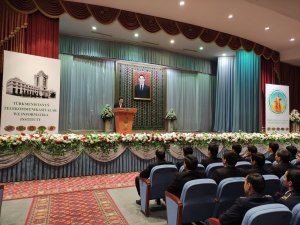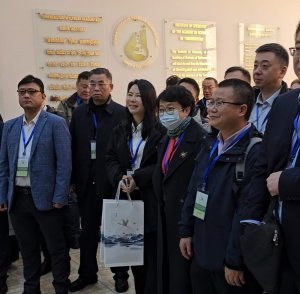In the April issue of one of the most popular scientific research journals in France, "La Recherché" ("Search"), an article on archaeological excavations in the territory of southern Turkmenistan was published. "The mysterious disappearance of the Oxus civilization" is the title of an article by Dr. Julio Bendezu-Sarmiento, an archaeologist and bio anthropologist, co-Director of the Turkmen-French archaeological expedition (MAFTUR). This is reported by the website "Turkmenistan: The Golden age".
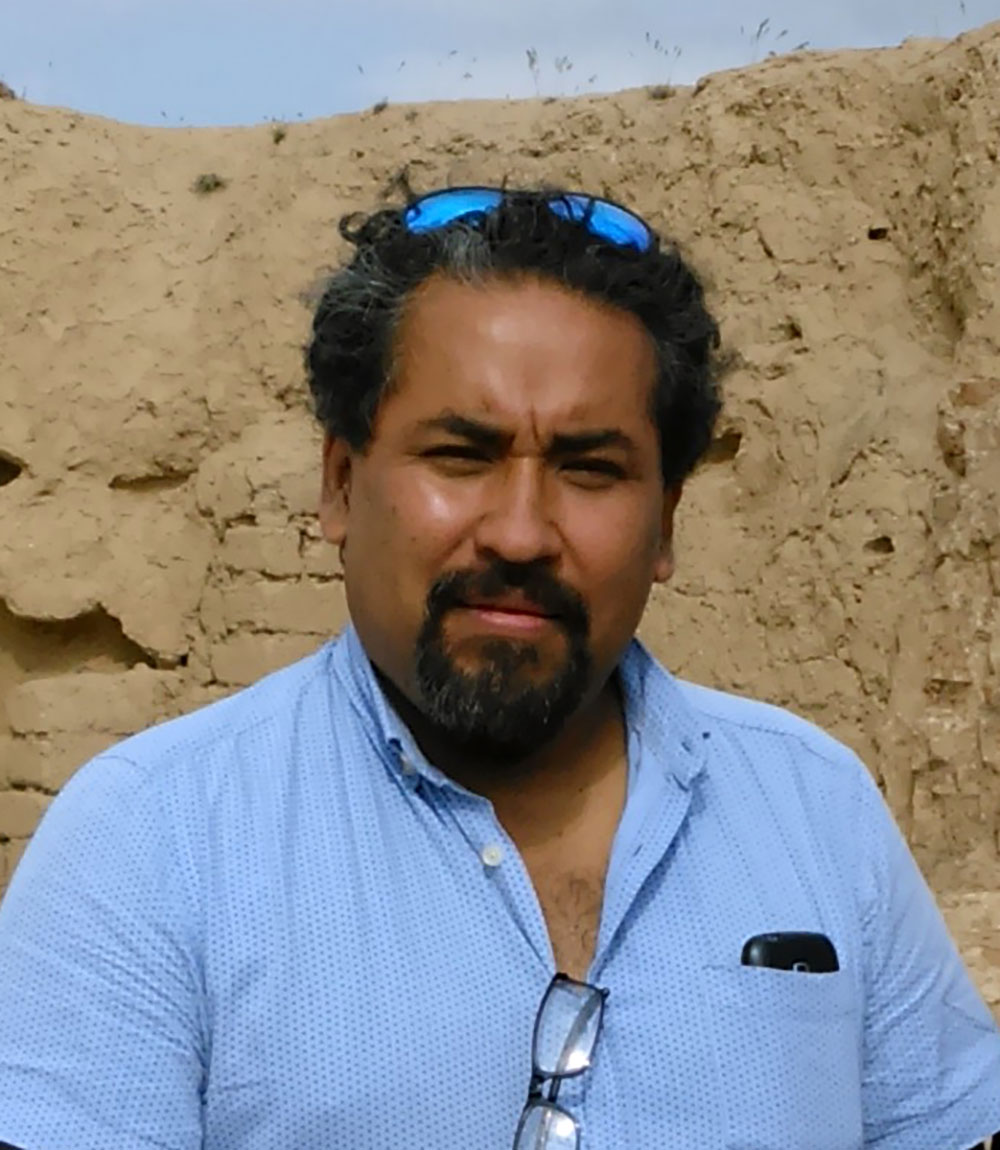
The magazine, which has a circulation of 30,000 printed copies, has established its own award, Le Prix La Recherché, to encourage French-language scientific works in the field of basic or applied research. This award is awarded annually to eleven teams in the following areas:
- Archaeology
- Astrophysics
- Biologies
- Chemistries
- Ecologies
- Mathematics
- Healths
- Neurologies
- Physics
- Information science
- Technologies'.
The expedition, led by Julio Bendezu-Sarmiento, also received Le Prix La Recherché to continue working in Turkmenistan on Ulug-Depe – a huge archaeological site of the bronze age and early iron age.
Ulug-Depe hill in the foothills of Kopetdag, discovered in his time by the pioneer of archaeological work in Turkmenistan Alexander Marushchenko, in the 60s of the last century, was examined by the archeologist Viktor Sarianidi, who later became famous for the finds made here.
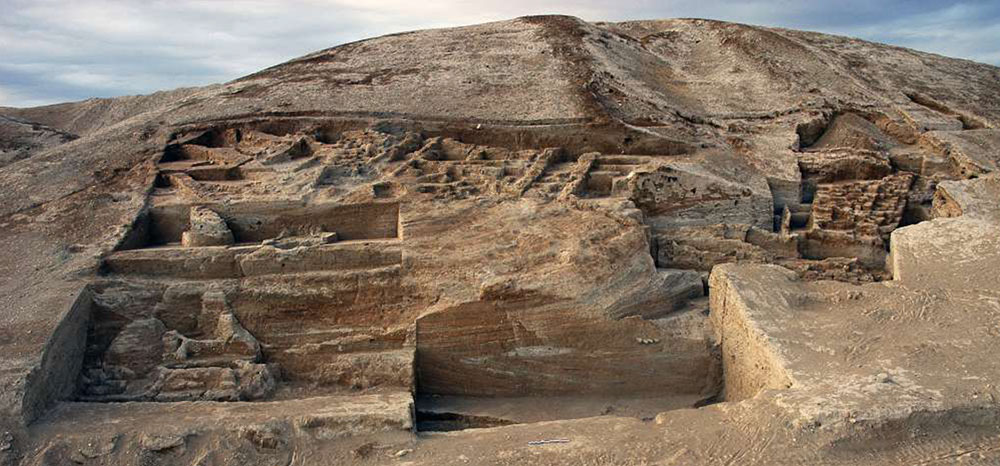
Many years later, the Turkmen-French expedition started to excavate Ulug-Depe. Julio Bendezu-Sarmiento devoted his short article to one of the most complex and exciting problems of the ancient culture that arose and developed almost simultaneously in the Amu Darya basin in Northern Afghanistan and southern Uzbekistan, as well as in the lower reaches of the ancient Murghab Delta in southern Turkmenistan. Together, they have produced extremely impressive archaeological material.
Ancient geographers called these two historical regions Bactria and Margiana. After the excavations started by Victor Sarianidi in Afghanistan and Turkmenistan, it became obvious that long before antiquity, these lands already had an ancient urbanization consisting of many closely related settlements located in oases.
French researchers called the settlement system the Oxus Civilization (Oxus is the ancient name of the Amu Darya), however, Professor Sarianidi gave them a much more precise and capacious definition: The Bactrian – Margian archaeological complex (BMAC).
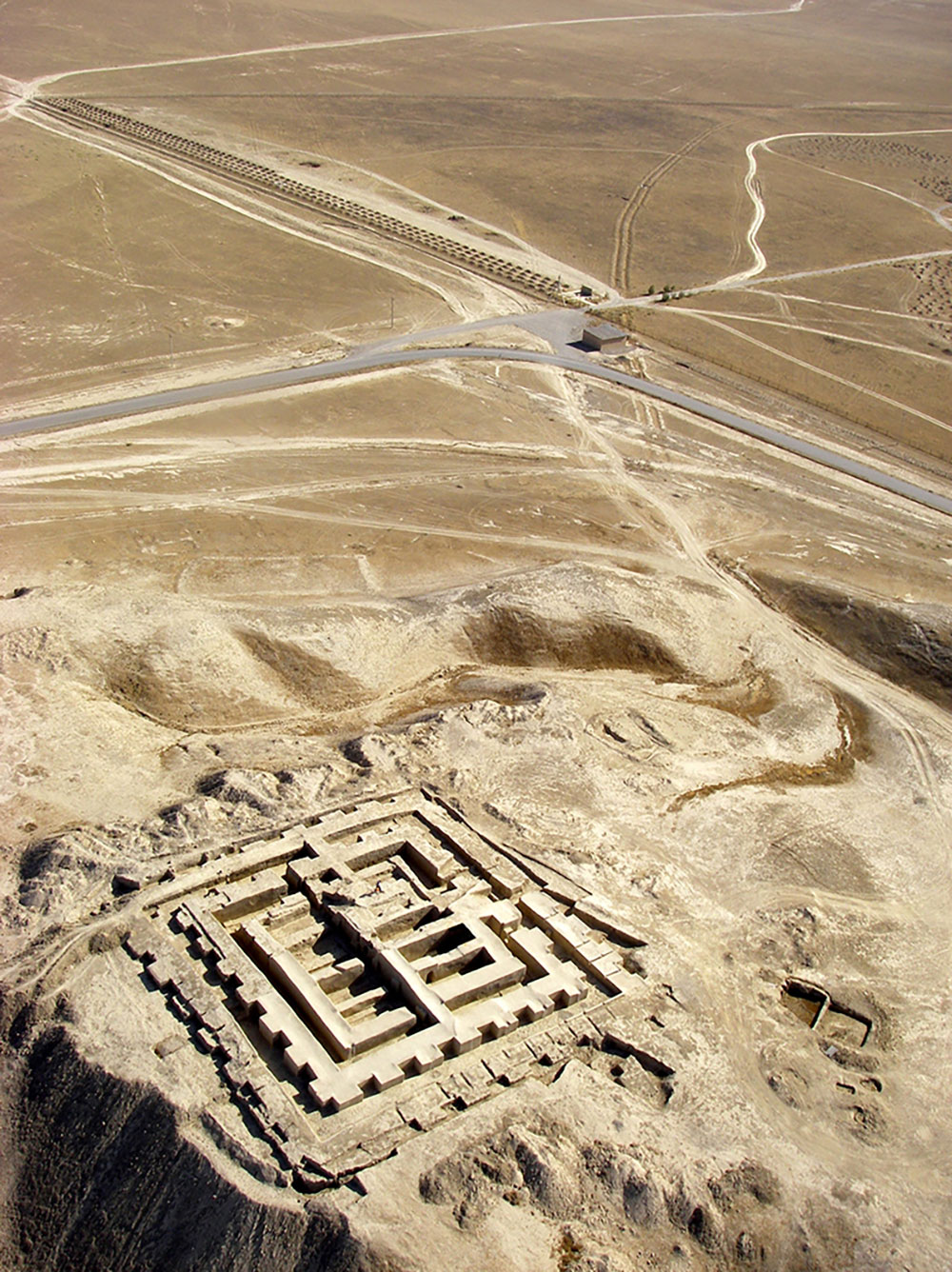
Gonur-Depe – the largest and most likely the capital settlement of this ancient country, separates from the oases of the bronze age on the banks of the Oxus almost 500 kilometers of absolute desert. Despite this objective obstacle, both parts of the same culture were similar in all respects to two communicating vessels, that is, there was undoubtedly an established caravan traffic between them.
The article in "La Recherche" is devoted to the search for an answer to the question of researchers: why 3500 years ago in Central Asia the so-called ox civilization ceased to exist, and where its people disappeared after six centuries of development.
"Questions concerning the disintegration of societies," writes Bendezu - Sarmiento, " allow us to take a fresh look at the processes that precede the change and disappearance of a given culture. The ox civilization, which now appears to be one of the most important in the protohistoric Eastern world, has been known for only seventy years. The first discoveries were made by Soviet archaeologists in the 1950s. Mesopotamian sources have already mentioned the existence of such a civilization to the East of the Iranian highlands, but we had no idea of its geographical extent or of the features of its origin and development. Initially, during the course of archaeological excavations, cities, buildings, monuments, certain material culture and atypical objects were identified, some of which today defy explanation. All these traces were considered by archaeologists to be only a marginal reflection of neighboring Mesopotamia."
Since the 1970s, the discovery of BMAC monuments has followed one another throughout Central Asia. It was at this time that Victor Sarianidi discovered the Royal city of Gonur-Depe, which was undoubtedly the capital of this mysterious country. Later works of Soviet scientists emphasized the existence of an independent and Autonomous civilization of the bronze age. "If a detailed analysis of its origins is still being discussed in the scientific community, then, however, it is obvious that it goes back to the local tradition," the author emphasizes, pointing to the Namazga culture, which arose in the fifth Millennium BC and was named after the monument of ancient agricultural tribes of the same name near the modern Turkmen city of Kaaka and near Ulug-Depe.
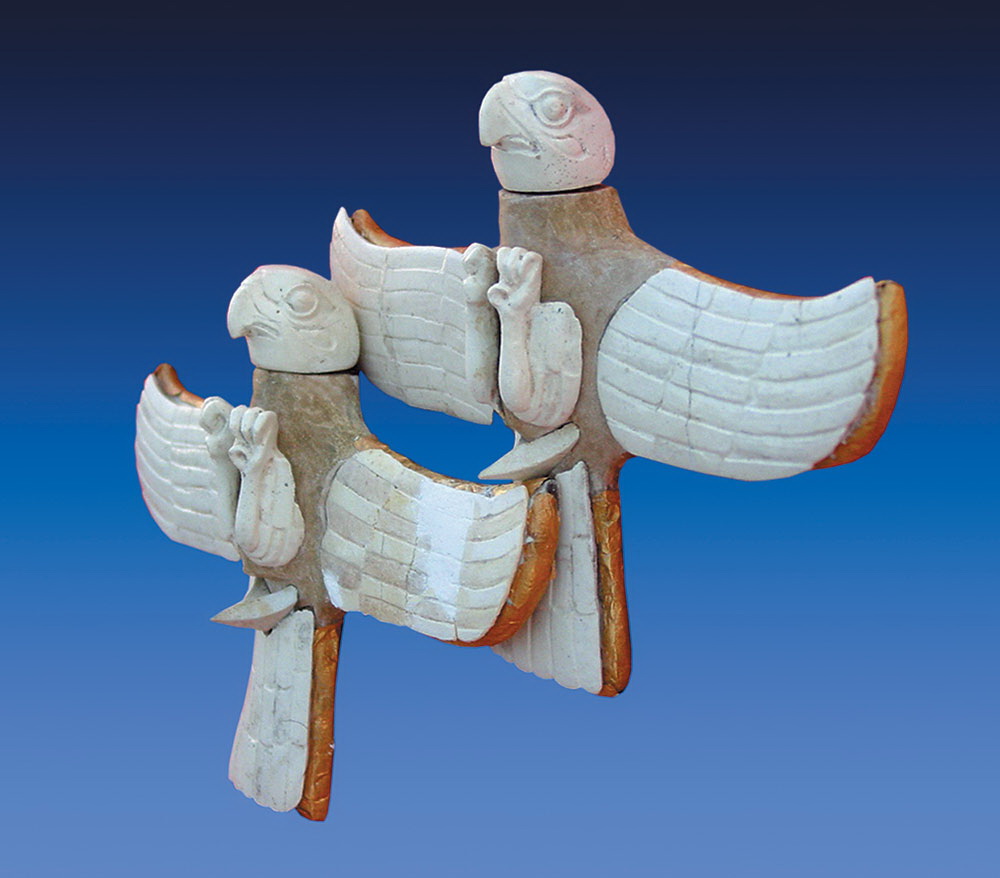
However, the author notes that the influence of neighboring regions is undeniable, including the Indus civilization (in the South), the steppe world (in the North), Mesopotamia and Elamite Iran (in the West). Together with them, the inhabitants of Bactria and Margiana traded precious materials and objects, and exchanged ideas and possibly religious concepts that played an important role in their development. So important that this civilization, unlike its more famous neighbors, did not yet know writing, began to build objects with complex architecture, to carry out material production of a high technological level, and whose influence subsequently spread very widely. Thus it was discovered that the mountains and deserts, which had hitherto been considered obstacles, were at that time becoming more and more passable. Only these were not "silk" roads, but rather "mineral-ore" ones.
However, at the end of the bronze age (around 1700 BC), the towns and settlements of BMAC began to decline. The entire southern part of Central Asia has become a zone of new cultural interactions caused by complex migration processes. "On the one hand," notes Bendezu - Sarmiento, "the remnants of populations originating from the Northern zone of Central Asia (mainly from the territory of present-day Kazakhstan and southern Siberia), that is, carriers of the Andronovo culture, which developed in the second Millennium BC, are becoming increasingly important during this period. This is evidenced by their sites, burials, ornaments, ceramics, and bronze objects. On the other hand, new cultures are emerging within the ox civilization itself. They combine various features of the Andronovo and Oxian civilizations: such are the Vakhsh and Bishkek cultures in the South-West of Tajikistan."
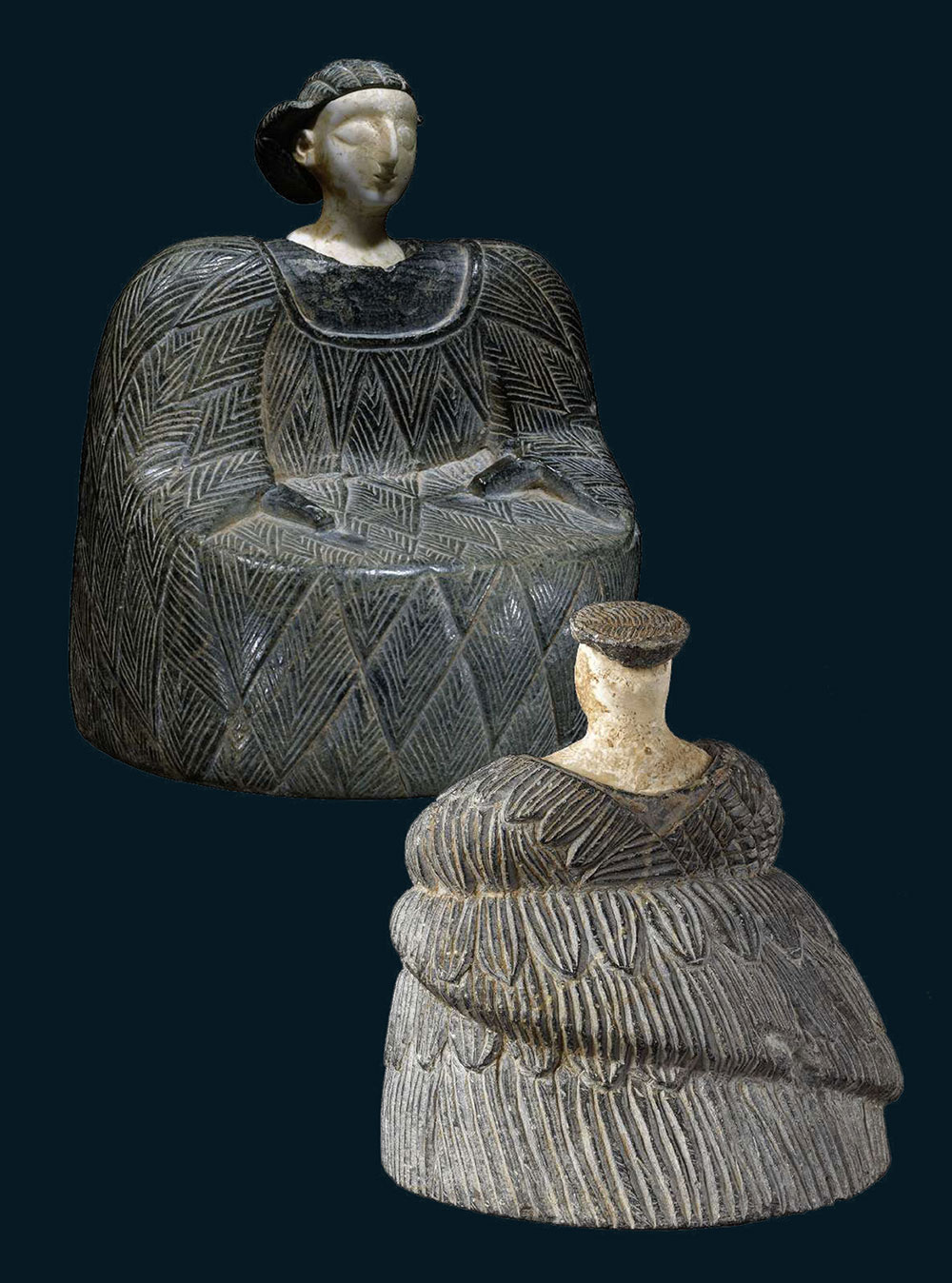
Further, the author names the main signs of degradation in all spheres of life of ancient society and examines various hypotheses put forward in the attempt of scientists to explain these changes. The most common version is about a natural disaster caused by a sharp climate change: after a centuries-long wet period in about 2000-1800 BC, a xerothermic period came, or in other words, a long drought, which caused a decrease in the flow of mountain rivers, shallowing of reservoirs and the onset of desert Sands on the old oases. However, according to the scientist, "a well-established civilization is quite capable of withstanding such an event. On the other hand, if political power was already weakened, it could prove fatal. The drought itself does not explain this decline, but it certainly could have played a role."
However, the final stage of the BMAC's life is still little known. "Despite the fact that a lot of excavations have been carried out over the past forty years," says H. Bendezu-Sarmiento-a lot of data has not yet been processed and we don't know how many have not even been detected yet! But this is far beyond the capabilities of the few groups that are working on our topic today. The assessment of knowledge is necessary to better characterize this stage, as well as to understand the evolutionary processes in the ox civilization before its final replacement by a complex of early iron age cultures. Traces of this transition can be found on several monuments. It is at these sites that our teams are currently working."
This refers to the Djarkutan in the South of Uzbekistan, where French archaeologists are digging together with colleagues from the Samarkand Institute of archaeology and Ulug-Depe, where they have been for almost 20 years successfully cooperating with the National management of Turkmenistan for protection, study and restoration of monuments of history and culture, State historical and cultural reserve "Abiverd".



